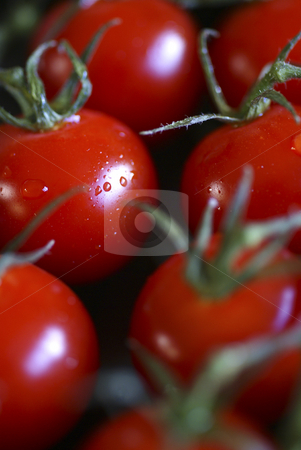As you can see from the photograph the allotment crops have just about all gone. Half a row of perpetual spinach has survived, a couple of cabbages and the psb which didn't weather the winter very well at all.
The bottom leaves have dried out completely but there are a few flower heads
not enough for a complete meal though - I am seriously considering not bothering to grow it again - for the amount of time it is in the ground and how many meals you get from it - I don't think it is value for money.
This is the last Savoy cabbage
and this is the last January King - when they have both been eaten, that's it - nothing left. What you might call the 'hungry gap' has begun.
I did pull the last of the Parsnips and Carrots at the weekend as they were starting to regrow I will store them in dry earth till needed or maybe even cook and freeze them for later.
The last crops from 2011 - altogether I am quite pleased with the harvests from last years' sowings - because of this blog I now have good records of what did well and not so well, I will learn from the mistakes made, over-sowings, under-sowings etc. and adjust quantities accordingly. In previous years before I started this blog about veggie growing I had to rely on my memory, which isn't very good at the best of times.
Hopefully, this year I will remember to do repeat sowings at the right time and try to extend cropping where possible. I haven't had too many disappointments - most crop failures have been down vagaries in the weather. This year I must try not to be too impatient and sow too early - waiting for the soil to warm up, planting out into cold soil doesn't make things grow any quicker.
As the temperature rises there are signs of spring - the rhubarb is slowly emerging from hibernation, there are buds on the fruit bushes, and before long I will be panicking because I am running out of freezer space - and so the veg growing season begins!
The bottom leaves have dried out completely but there are a few flower heads
not enough for a complete meal though - I am seriously considering not bothering to grow it again - for the amount of time it is in the ground and how many meals you get from it - I don't think it is value for money.
This is the last Savoy cabbage
and this is the last January King - when they have both been eaten, that's it - nothing left. What you might call the 'hungry gap' has begun.
I did pull the last of the Parsnips and Carrots at the weekend as they were starting to regrow I will store them in dry earth till needed or maybe even cook and freeze them for later.
The last crops from 2011 - altogether I am quite pleased with the harvests from last years' sowings - because of this blog I now have good records of what did well and not so well, I will learn from the mistakes made, over-sowings, under-sowings etc. and adjust quantities accordingly. In previous years before I started this blog about veggie growing I had to rely on my memory, which isn't very good at the best of times.
Hopefully, this year I will remember to do repeat sowings at the right time and try to extend cropping where possible. I haven't had too many disappointments - most crop failures have been down vagaries in the weather. This year I must try not to be too impatient and sow too early - waiting for the soil to warm up, planting out into cold soil doesn't make things grow any quicker.
As the temperature rises there are signs of spring - the rhubarb is slowly emerging from hibernation, there are buds on the fruit bushes, and before long I will be panicking because I am running out of freezer space - and so the veg growing season begins!


















